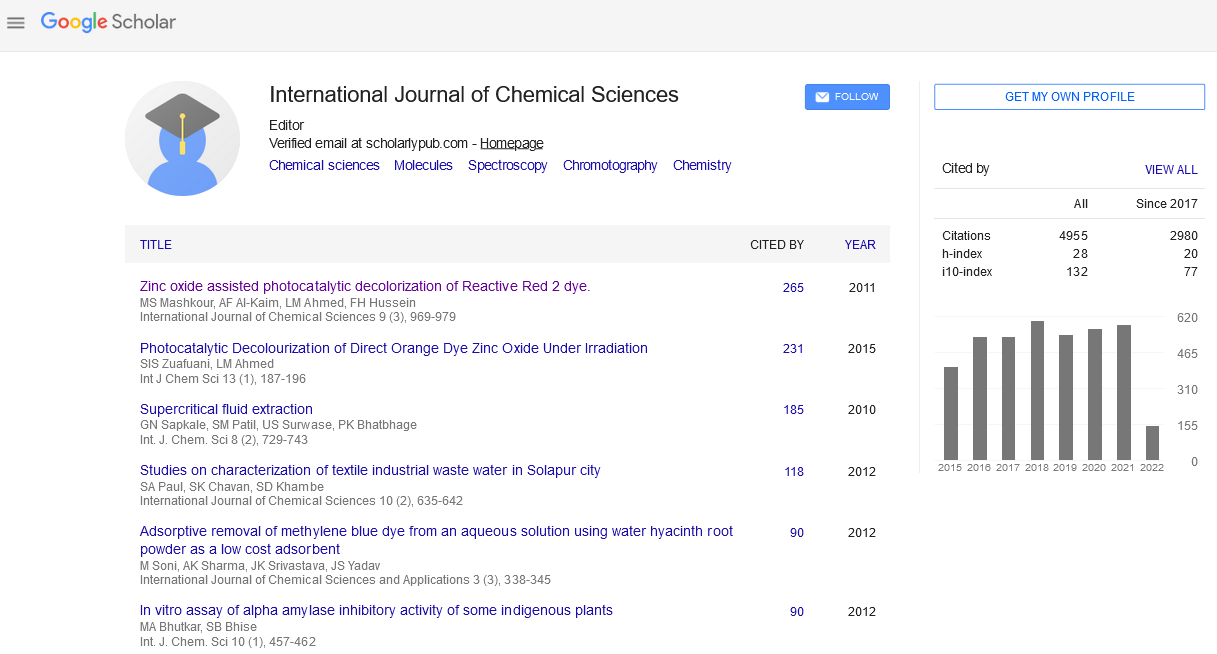文摘
将因子分析在GIS评价地下水质量用于灌溉
作者(年代):p . Kabbilawsh和r·拉库马这项研究进行了评估的35井的地下水质量Dusi Mamandur坦克命令区位于Thiruvanamalai Tamilnadu,使用因子分析、聚类分析和空间技术。理化参数表现出广泛的变化。因为大部分地下水样本位于低收入三角形钻石在Piper图的一部分,因此水的质量在本质上是碱碳酸盐.Factor分析显示的数据是一个四个组件系统解释总方差的80%。因子1解释了总方差的31.754%,显示了K +高积极载荷(0.772),Na + (0.625)。Na +和K +的贡献可以归因于阳离子交换过程工程水土界面和解散钠轴承矿物质。因子2解释了总方差的23.29%,显示了四个参数中等载荷Na + (0.335), K + (0.456), HCO3 - 2 -(0.467)(0.498)和二氧化碳。该组件可以被视为解释水类型(例如碳酸碱性质)。它与Piper图类似。因素3具有较高的加载的pH值(0.677)和Ca2 + (0.443)。水的pH值主要由H2CO3的离解(H +)和水解的碳酸氢盐(哦)。 Conversion of Adenosine into kaolinite present in Clay soil would account for moderate loading of Ca2+. Factor-4 has higher loading for Mg2+ (0.841), the reason can be attributed to Base Exchange reaction.Cluster analysis categorized the sampling locations into four spatially dissimilar groups. The natural hydrochemistry of the groundwater appears to explain much of variability of the data. Spatial plot of Cluster-3 and Factor score-1 helped in narrowing down the area with moderate Sodic hazard which could be treated by appropriate管理实践。
